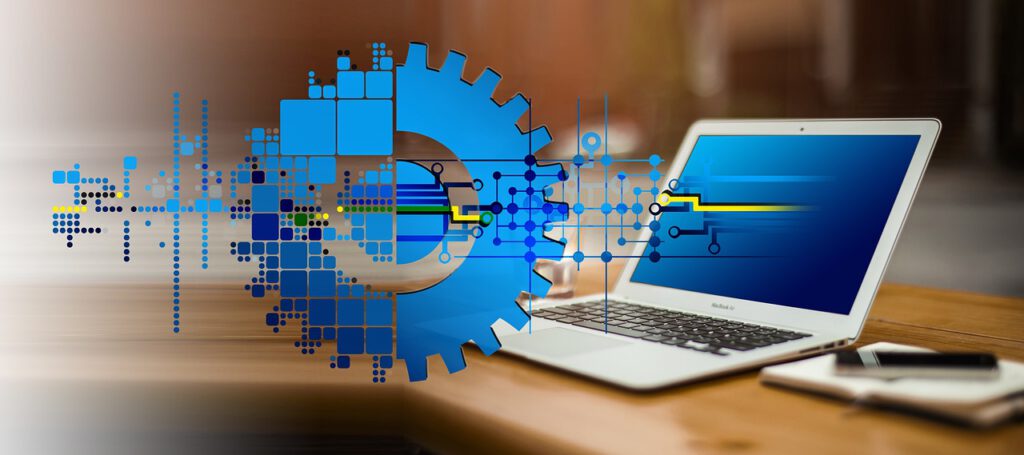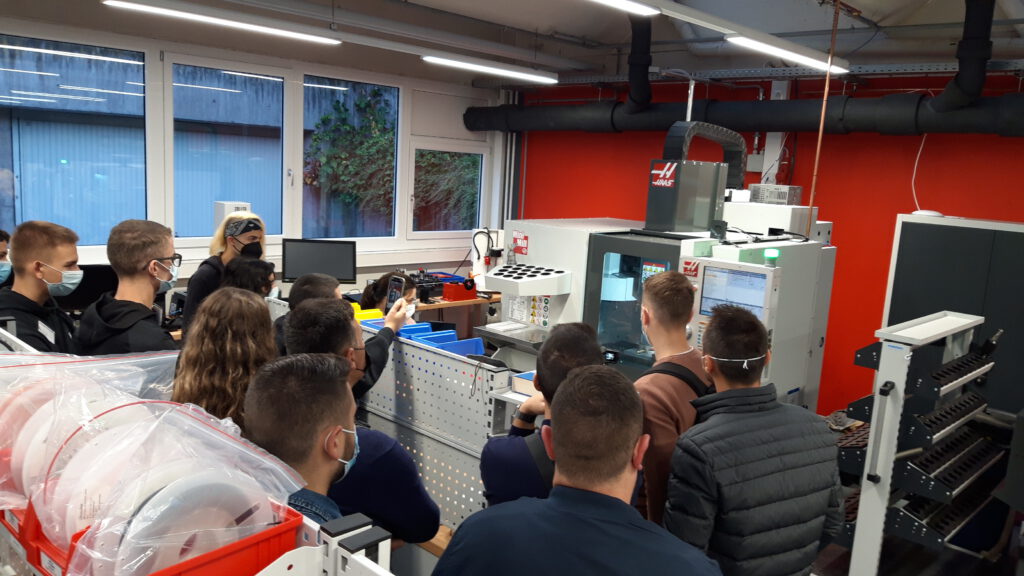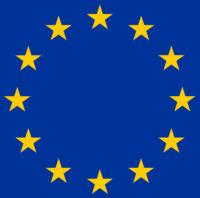Digitization will fundamentally change the work of the future. Especially in times of corona and social distancing. Accordingly, training and continuing education must also adapt to this circumstance. New technologies must be learned and applied. The Gewerbliche und Hauswirtschaftliche Schule Horb is currently setting up a “learning factory”. Here, students will learn about new technologies and experience Industry 4.0. In order to be able to perform the demanding tasks in a “smart factory,” the “skilled workers of tomorrow” must be trained. We want to move part of the training into a “virtual world” before it then moves into the “real working environment”. Virtual Reality and Augmented Reality will therefore play an immensely important role in our working lives. For the intended ERASMUS+ project, different work processes were selected as examples. The goal is to create a digital world in which these activities can be practiced before going to the real machine.

After the project all partners are able to transfer real learning and training situations into the virtual world. In addition, concepts for integrating this Virtual Reality into education have been developed. Through the project, transnational strategic partnerships between educational institutions have been created and established. Students and teachers of different European cultural backgrounds experience exchange in terms of everyday life and professional context. Students from all partners are involved in the development of the training opportunities and drive them forward independently.
General goals of the ERASMUS+ programme
Erasmus+ is an organization for different projects to support in multiple subject areas.
Erasmus+ is an EU-programme to promote education, training, youth, and sport. The Erasmus+ programme of 2021-2027 is focused on social inclusion, green and digital transition, and the promotion of young people’s participation in democratic life. The budget of this programme is €26.2 billion. The support is at the priorities and activities in the European Education Area, the Digital Education Plan, the European Skills Agenda, as well as the European Pillar of Social Rights, the Implementation of EU Youth Strategy 2019-2027, and the Development of European dimension in sport. The Erasmus+programme affords mobility and cooperation opportunities in the areas of higher education, vocational education and training, school education, adult education, youth,
and sport. Erasmus+ is managed by the European Commission, the European Education and the Culture Executive Agency. It is also overseen by a series of the National Agencies in Programme countries and a series of the National Offices in some Partner countries.
Vocational School Horb a.N. – Germany
The aim of the project is to learn and use new technologies with the result that people in education can practice their procedure on machines in virtual reality before working on real machines. The exemplary tooling process of a milling machine produced by HAAS company, is the task for the German project. The project is financed and sponsored by the Erasmus+-programme and by HAAS. The milling machine must be prepared before using. The tools have to be chosen, jigs have to be installed, zero points have to be determined and finally the CNC programme has to be written and tested. All this preparatory work should be done in virtual reality before working with real machines. The goal is, to have a room within the milling machine, where one can do this preparatory work in virtual reality.

Vilnius College of Technologies and Design – Lithuania
The team from Lithuania chose the programming of a welding robot as the learning sequence. Here the students should learn how to program such a robot with the help of VR.
Scene: Welding robot, workbench and parts.
- The operator takes two different parts to be welded and positions them on the welding table.
- The operator activates the robot’s programming mode.
- The operator takes the robot tool and positions it at the start of the weld.
- The starting point is saved.
- The operator picks up the robot tool and positions it at the end of the weld.
- The end point is saved.
- The operator starts the welding process.
- The robot performs the welding.
- The operator removes the welded product from the work table.
- . The cycle starts to repeat.
Rzeszow University of Technology (PRz) – Poland
As part of the project, Rzeszow University of Technology has chosen the task of developing a training course in the operation of a numerically controlled machine – CNC implemented directly in virtual reality. The premise of the training is the machining of a semi-finished product through the process of milling and turning with the Haas ST-20Y CNC machine. The final solution is to obtain a machined shaft onto which a screw of size M32 can be screwed. In order to carry out the assigned project, it was decided to use the Unity version 2021 graphics engine to prepare the virtual environment and the SolidWorks program to develop 3D models of all objects including machine models, tools and the environment. In addition, the developers decided to use free assets in the form of walls or floors. It was also decided to develop an animation showing the machining of the raw material in Solidworks. The main goal of the implemented project is to familiarize the user with the machining process of the component, learning about selected machining tools and operating the CNC machine using the example of the mentioned HaaS machine. The training conducted in virtual reality is to show the user how to operate the CNC machine safely.
IES MOLÍ DEL SOL – Spain
The Spanish team also choose a learning situation around CNC machining. Using the example of “production a screw”, the students from Valencia will learn how to operate CNC machine in virtual reality, before they go to real machines.
The following activities are learned:
- Enter the workspace and choose the right chuck
- Choosing the right material to make the screw
- if the material has been chosen, approach the machine to carry out the machining
- Once the machine is reached, the door must be opened and the material clamped in the lathe
- When the material is loaded, the door must be closed and the start (power) button pressed.
- Machining begins – a video appears that simulates the machining of the screw
- Finally, the machining simulation is complete – the lathe door is opened
- the finished workpiece is unclamped
- the quality of the screw is checked at the workbench
Technical School Osijek – Croatia
Our goal is simplifying the process of employing new workers, especially those who are unable to be there in person to see the workspace for themselves, with the use of virtual reality glasses as a tool for learning how the school and the workshops operate.
Using the Virtual Reality technology and software for videogame development, it is in our plan to make a virtual classroom with a CNC machine, raw materials and a control panel, and to then allow the user to process it into a finished product.
